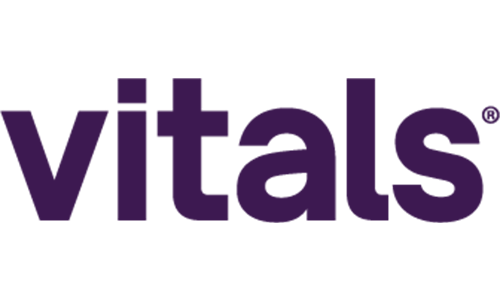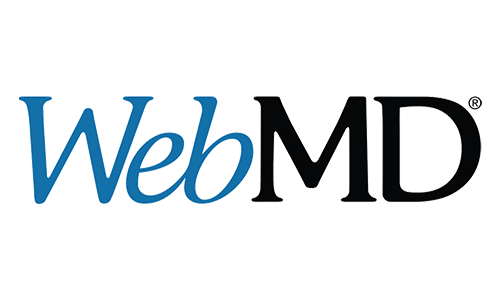What are the parts of a marketing plan?
Are you a business owner looking to create a marketing plan that will drive more customers to your business? If so, then this blog post is for you! We’ll walk you through the essential components of a successful marketing plan so that you can start generating leads and increasing sales.
Essential Components of a Successful Marketing Plan
A marketing plan defines the work the company will do to achieve its business goals and objectives over a specific period. Continue reading to find out the essential components of a marketing plan.
Market Research
Market research is an essential part of any marketing plan. It involves gathering and analyzing factual data to gain a better understanding of the market and its potential customers. Market research can include activities such as conducting surveys, focus groups, interviews, and analyzing industry sales volumes. Through market research, companies can identify target markets and develop tailored messaging that will resonate with their customers. Market research can also provide valuable insights into competitors and how their products and services stack up against yours. By gathering the right data, businesses can make informed decisions and set achievable goals to support their market.
Situational Analysis
The Situation Analysis is the second step in creating a successful marketing plan. It helps to identify both the internal and external factors affecting the business. A situational analysis looks at both competitors and things happening in the marketplace such as trends. It also examines the company's strengths and weaknesses, potential opportunities and threats, and key stakeholders. This analysis helps to provide a clearer picture of the company's current state and how it can move forward toward achieving its goals.
Business Goals
When creating a marketing plan, it’s important to identify and set specific goals for the business. This will provide direction and focus for the marketing strategy. Setting measurable, attainable goals that align with the organization’s objectives will help ensure the success of the plan. It’s also important to identify who is responsible for each task, as well as when and how each goal should be achieved. This will help maintain accountability and ensure that each step is taken in a timely manner. With a clear plan in place, the business can have a greater chance of success.
Marketing Goals
Once you have identified your market focus and completed your market research, it is time to set your marketing goals. The goals you set should be specific, measurable, attainable, relevant and time-bound. Your goals should also be aligned with the overall business goals of the organization. It is important to have realistic objectives that are both achievable and challenging, so that you can measure your progress over the course of the year. Once you have set your marketing goals, you can move on to drafting your messaging and developing your strategy and tactics.
Target Audiences
Once you have identified your target market, the next step is to determine who they are and what they need. This involves researching the demographic characteristics, interests, and behaviors of your target audience. It also helps to understand the motivations behind their purchasing decisions. By knowing who your customer is, you can craft a message that resonates with them and create a marketing plan with tactics that will be most effective for the target audience.
Messaging
Effective messaging is essential to any successful marketing plan. It involves creating tailored messages that target certain demographics, geographic areas, and psychographics. It helps to craft these messages with the customer in mind, considering what they would need to know to make an informed decision. By doing this, messaging can help capture the attention of the intended audience and persuade them to make a purchase. Additionally, it is important to create messaging that is easy to understand and not overly sales-focused. This will help ensure the customer is more likely to take the desired action.
Strategy
An effective marketing plan requires a great strategy. A marketing strategy is an approach you will take to reach your target audiences. This includes defining the methods that you will use to reach each target audience, such as email campaigns, content marketing, SEO, advertising, and social media. Additionally, you should consider the channels that your audiences prefer and the types of messaging they respond to. Once you have your plan in place, it's important to track the results so that you can adjust as needed.
Tactics
Once you know who you're targeting, and what message you want to get across, it's time to start thinking about the tactics you'll use to reach your target audience. Tactics are the specific steps you can take to reach your goal, and they should be tailored to the goals and target audience you've identified. Tactics can include things like pricing, distribution, advertising, and promotions. However, it's important to remember that tactics should be driven by your strategy, not the other way around. You need to make sure all of your tactics are in line with your overall message and goals.
Budget
Once the marketing goals and target audiences have been identified, it’s time to create a budget. This will help you determine how much money you need to allocate for all the resources and activities related to your marketing plan. It should include all the expenses you anticipate, such as staff salaries, office space, equipment, marketing communication, ad design and specific marketing activities. The budget should also include projected results over a specified time period, such as a quarter or year. Creating a marketing budget is an important part of any marketing plan, as it will help ensure that you stay within your spending limit.
Timing and Roles
Timing and roles are essential components of a marketing plan. It is important to establish a timeline for the marketing plan, outlining when each element should be completed and by whom. This will ensure that the plan is implemented in an organized and efficient manner. It is also important to assign roles and responsibilities to specific team members, so that everyone knows what they are accountable for. By allocating time and roles, the marketing plan can be executed in an effective and timely manner.
The most successful marketers regularly revisit their strategies to ensure ongoing improvements. If you need help in creating or implementing your marketing plan, reach out and our experts will work with you. Contact us for assistance.















